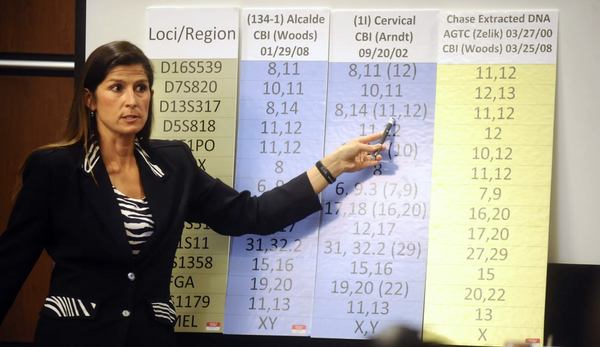To the brave, prudent shoppers trying to cash in on new U.S. incentives to buy an electric vehicle: Good luck.
The $12 billion in EV support written into the Inflation Reduction Act — including rebates of up to $7,500 at the point of purchase — is expected to shift electric-car buying into high gear. But most of the battery-powered whips on the market are likely too expensive, too foreign or too scarce for a purchase to pan out anytime soon. As BloombergNEF analyst Ethan Zindler puts it: “There aren’t many cars available and there aren’t many credits available in 2022.”
That means it’s time to internalize what many Americans already know: A new car often isn’t the best idea — even if it’s electric. For every new car that rolls off the lot, Americans buy three used ones, making for a far more liquid market with a far wider spectrum of prices. Factor in an IRA rebate of up to $4,000 for buying a used EV, and so called “pre-owned vehicles” are arguably the smartest money in subsidized wheels.
Pricing and availability have always made used cars a viable option, but there’s another reason for the prevalence of pre-owned EVs: Electric cars have been depreciating more like smartphones than cars, at least until recently. Battery technology improves at a rapid clip, which means EVs tend to lose their shine far more quickly than internal-combustion models.
And while this summer’s record-high gas prices boosted demand for used EVs — as the incentives are likely to — there remain plenty of options that fall under the IRA-incentive cap of $25,000.
Of the 18,223 used EVs Americans purchased so far this year, almost 17% fell below that price ceiling, according to Cox Automotive Inc. Carvana Co., a digital dealership, says about one-third of its electrified inventory can be had for less than $25,000 and a quick search this week uncovered almost 800 such machines, including a 2015 BMW i3 for $24,990, a 2016 Volkswagen e-Golf for $22,990 and a 2016 Toyota Prius for $24,590.
Christopher Malikschmitt, a private-practice attorney in central New Jersey, is loving the 2018 BMW i3 that he bought last year for $23,000. He gushes about how it handles and how it sticks out in a Tesla-centric town; a $4,000 incentive would have only made the purchase sweeter. The battery had lost some capacity by the time the machine hit Carvana, but it easily gets Malikschmitt to work and back — 40 minutes each way — entirely on electrons.
“With this car, it’s really only a value if you buy it used,” he says. “I would never have bought a new car for a family; it’s a crazy thing to do.”
It’s also particularly difficult for those bent on taking advantage of IRA rebates. Of the 82 or so fully electric vehicles model variants on the U.S. market, only 31 cost less than the $55,000 price cap for new-car purchases. Of those cars, slightly more than half are unlikely to meet new requirements for American-based components and construction.
“It's still not clear which vehicles will receive incentives,” says Scott Hardman, a professional researcher at the University of California’s Institute of Transportation Studies. “It's just really confusing and I think that's going to reduce [their] efficiency.”
Then there’s the question of supply. Ford’s F-150 Lightning and Mustang Mach-E are among the few vehicles to qualify for the new batch of incentives, at least when it comes to basic models, but production is booked out for months. As Ford scrambles to stand up battery plants and tack on assembly lines, it has gone so far as to stop taking orders for weeks at a time.
BNEF’s Zindler expects the incentives for new EVs to really start driving the market next year, as car companies retool supply chains to meet domestic manufacturing thresholds. Hyundai, for example, has one of the hottest-selling EVs on the market, but none of its electric cars qualify for the new incentives. There’s now talk of the company moving forward its plans for a U.S. EV factory.
Dealers, meanwhile, are exacerbating the affordability issue. Many took a long, hard look at the current supply situation — all the online reservations and sniveling for computer chips — and coolly tacked on a raft of “market adjustment” mark-ups. The 4,300 electric drivers surveyed for Bloomberg Green’s EV Ratings paid a median of almost $82,000 for their vehicles.
There are, however, stipulations to the used-car cash. To qualify, a vehicle must be purchased at a dealership (sorry, Craigslist fans), and only joint tax-filing households making less than $150,000 per year are eligible for the IRA’s rebates. If the car is a hybrid, it needs to have a battery with a capacity larger than 7 kilowatts. And the used-EV credit is $4,000 or up to 30% of the value of the vehicle, whichever is less.
Carmakers are also promising a parade of more affordable products ahead. The Chevrolet Blazer EV, for example, is expected to debut next summer with stickers starting around $45,000. But while that may be a screaming deal in the market for future EVs, for those doing the math right now, it’s two Nissan Leafs — lightly used.







